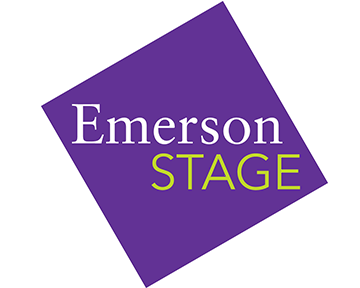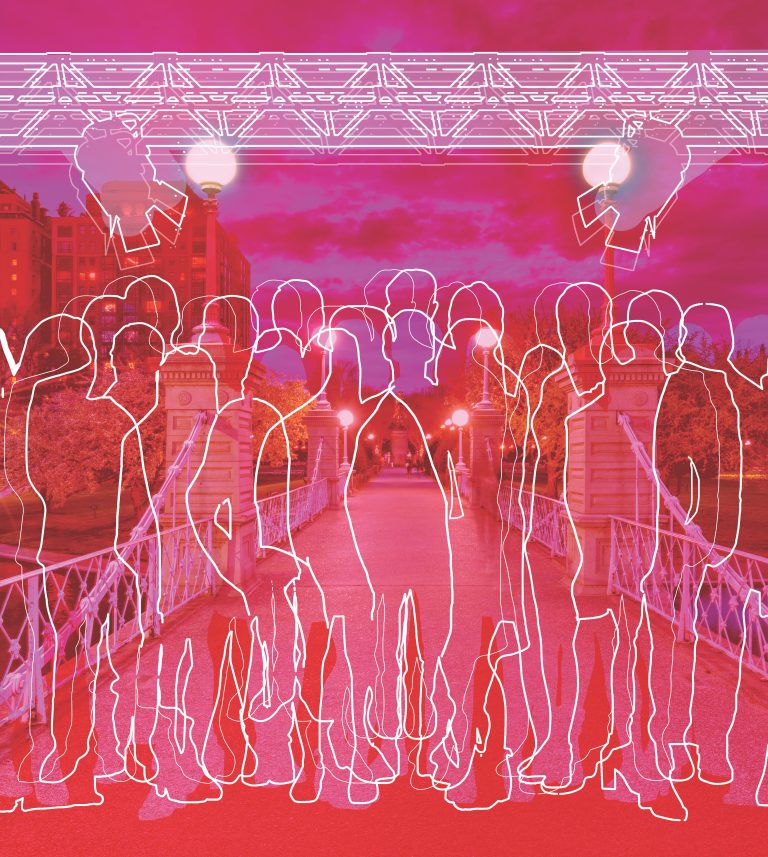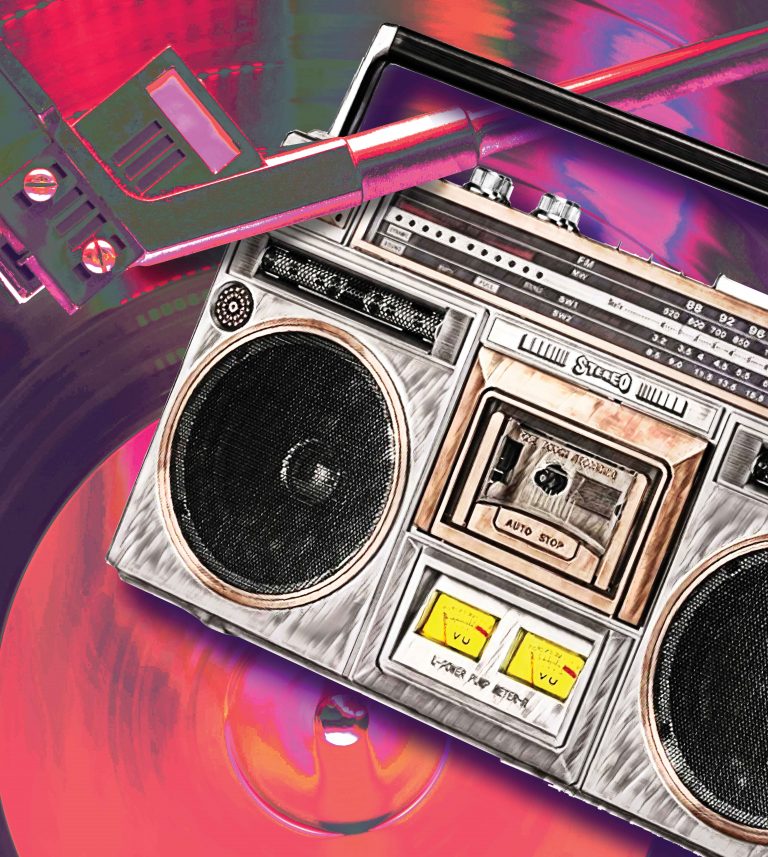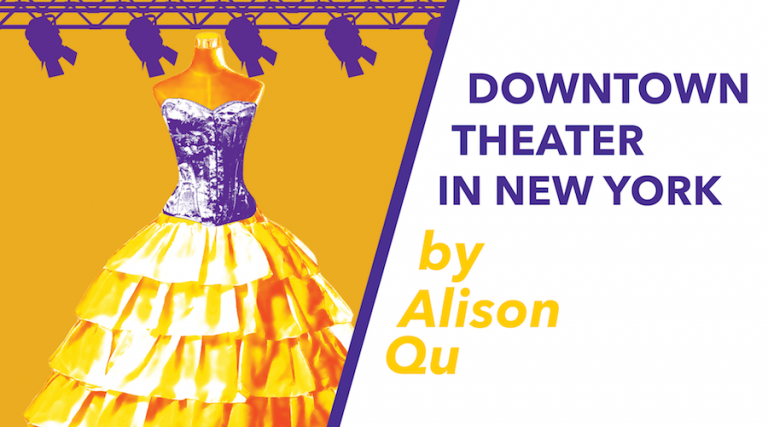Café Variations: Meet the Designers
Interview with Brian Scott, lighting designer
by Tierra Bonser
Brian Scott described his role as lighting designer as a, “visual storyteller with light composition, the purpose of which is to support the way a story is being told as a whole and to acknowledge the importance of smaller stories within it that can be brought out through wide shots or close ups.” Thank goodness this was a phone interview because I was knocked off my feet momentarily. I’ve been training as a performer at Emerson for the last four years and though my tract has taken me through many production positions and I’ve even worked as a tech for three of those years in the Cabaret student performance space doing basic lighting and sound, I never really connected the real meaning of lighting design in a production. I always humbly acknowledged the importance of this stage element and even awed at its visual power, but with one fell swoop Scott changed my whole perspective; suddenly he was an active storyteller with as much stage presence as an actor in the space. He said he sees himself as a:
Visual dramaturg whose job is to develop what the company is finding in rehearsal, but also to develop those parts of the production that I [Scott] connect with emotionally. I help to craft the world of the play so that things that are important to me are seen, but also I must give the audience openness to see and follow what compels them in the story.
Does this make him an editor, a visual manipulator? If the answer were yes, then Scott would argue that he isn’t doing his job. He does not wish to edit an audiences’ perspective of the play, he wishes to give them the opportunity to see more and to decide what they think is important and why. Scott said of Café Variations, “this piece has power enough to give audiences the opportunity to find their own bliss,” implying that if he were any kind of visual editor the audience would be trapped in finding his bliss.
As far as process is concerned, much of the work is intuitive and created when Scott enters the actual performance space. Ahead of time he has preliminary discussions with the company to determine the anticipated light requirements in the way of spotlights, specials and stage washes; but from that very basic outline, Scott enters the rehearsal ready to respond to the bodies on stage and the feelings he is picking up while watching—to fill in the so-called coloring and features of his design. In a way, what he is doing is similar to a location painter. The artist can prepare by appropriating all the required materials and might even have a sketch of the sunset in mind, but only when he arrives on the spot and sees the vast array of colors and feels the warmth of the sun’s rays on his face can he truly capture it in paint. Scott is a painter only his medium is light and his pallet is emotional resonance.




